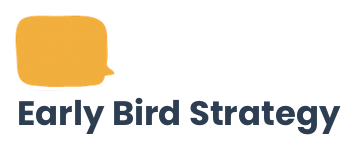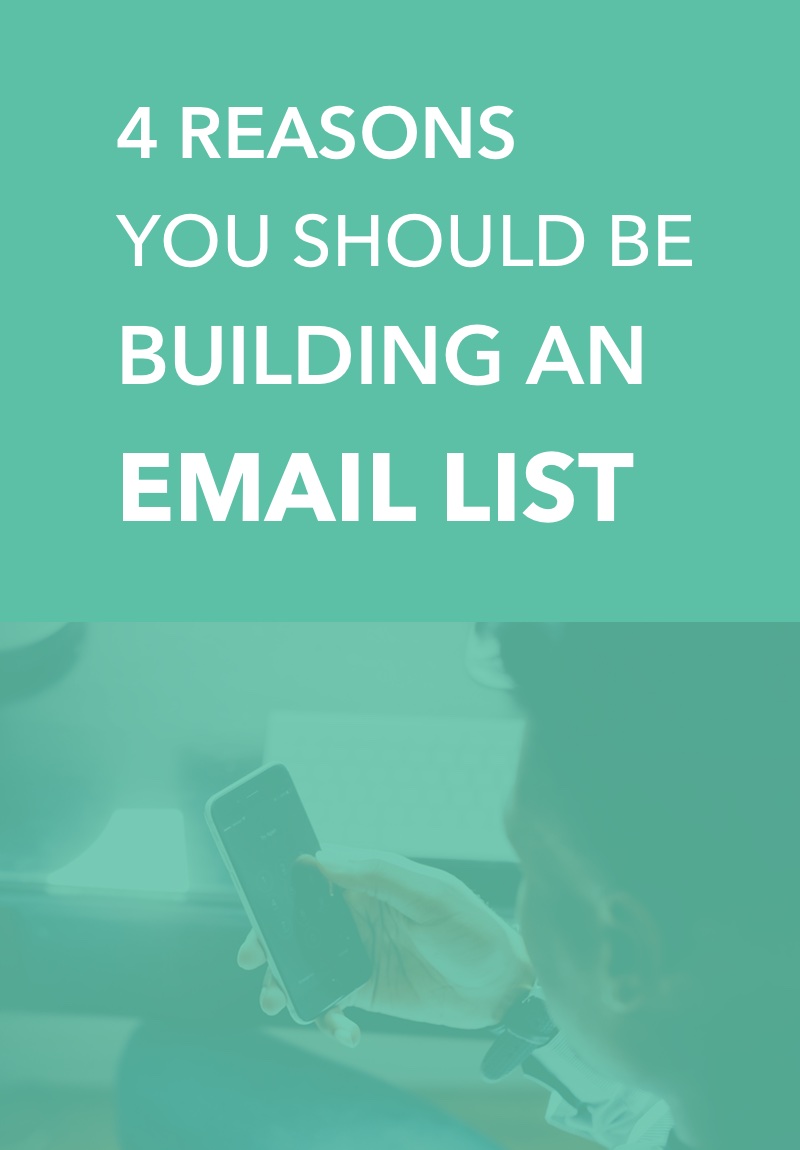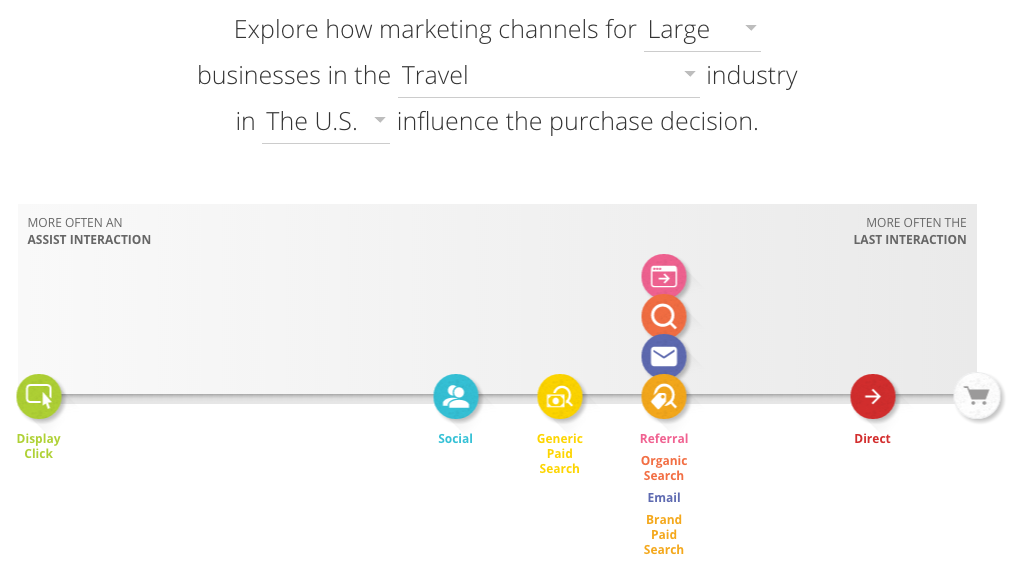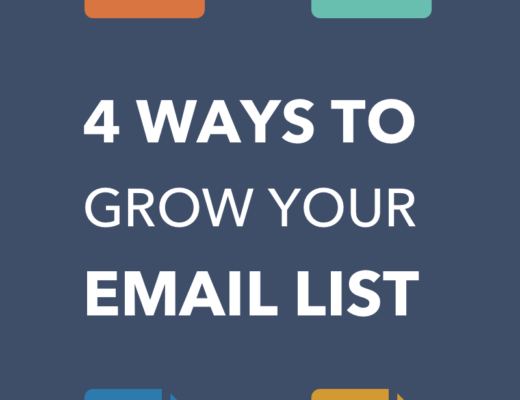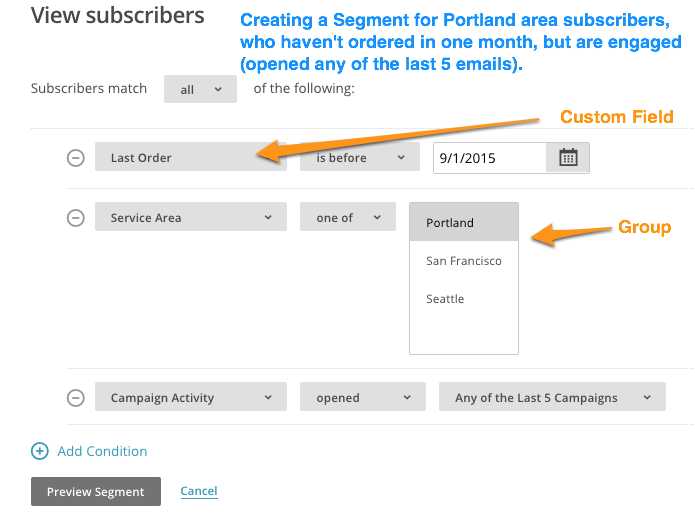Do you need an email list? Likely, but maybe not… yet. Since I run an email marketing consultancy, you would guess that my answer to that question would be a resounding “YES!” It’s not always. Lately, everyone is talking about growing a list. I go to my local coffee shop and hear funny conversations about “growing my list” and “sending newsletter blasts”.
Coffee shop girl: “Why do I need a list?”
Her friend: “All the big lifestyle blogs have one now, it’s just something you muuust do.”
In this post I’m going to explain: Why Building an Email List Is a Good Idea, How to Know If You Should be Building a List Now… or Waiting, and How to Get Started.
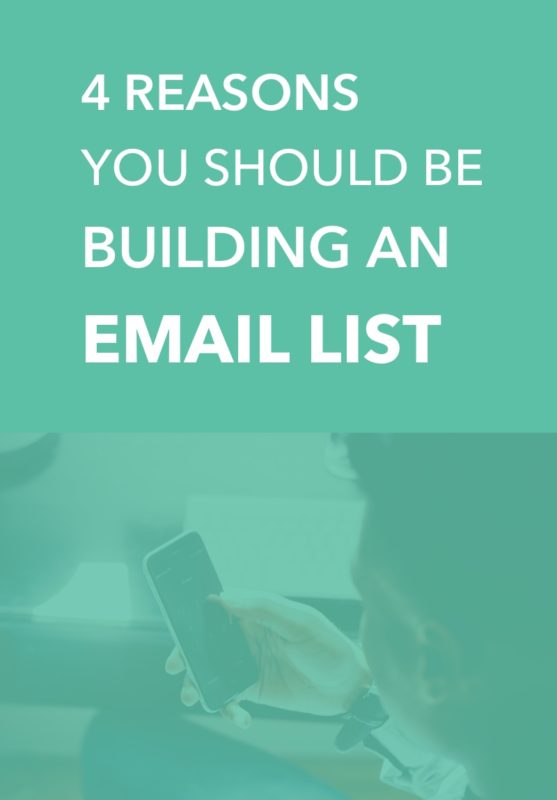
But first, here’s a quick question for you:
Why Building an Email List Is a Good Idea
I get asked all the time about email lists. Everyone feels like an email newsletter is something they should be doing. Thanks especially to the marketing efforts of email marketing software (MailChimp, Infusionsoft, Aweber, Constant Contact etc.), case studies, and pop business blog posts.
They’re often not exactly sure why. But everyone wants to start one. It’s a classic case of the “shoulds“.
Email has been around for ages. Businesses and bloggers often feel like they need to be doing a newsletter. Just like they’re doing social media, and blogging, and SEO, and conversion optimization… and whatever the latest thing they read about is.
Here’s the deal, you don’t have to do any of those things. But there are a lot of great reasons to spend time on email marketing.
Here are a few reasons you should be building a list and sending newsletters:
#1. Email has the highest return of all marketing channels.
The Return on Investment (ROI) on email marketing is huge. It usually leads all other channels. Depending on who you listen to (DMA has said from $40-44, over the years). That means for every $1 you spend on email marketing, you get $44 back. If you make money or plan to make money via your website an email list can help you do that. Whether you sell products or services or advertising, you need an email list.
#2. Like blogging, email is a marketing channel you control.
Unlike social media platforms, email is something you own. Over the years, individuals and businesses used social channels like Facebook to grow an audience. They were investing in a platform to communicate with fans. Yet, it was a platform they didn’t own. People get outraged as the rules change overnight.
Yes, MailChimp (or whoever your software provider is) could change their pricing structure. Or Gmail might divert your newsletter to the promos tab, but you’re still there. With a newsletter, you’re not required to pay hundreds in ads just for your fans to see it, like Facebook. Social networks can be gone tomorrow (more likely that the advertising switch is just flipped “on”).
Email marketing is the single biggest network that you can control to drive targeted traffic to your site.
#3. Email is where your loyal legions are.
Email subscribers are usually a large overlap with actual customers. They’ve invited you into their inbox! You need to treat them right, be VIP! And listen to them.
Some of my clients say that email feels like a one-way communication. This can be true, especially when people start using the word “blast”. This makes me cringe.
Please don’t “blast” your subscribers. These are your best people! They requested to hear from you. Think of it as communication – a give and take – not a blast. If you must use a war or sporting term, maybe try a tennis or other more gentle or playful sports analogy.
Find ways to make it a back and forth conversation. Ask them to reply, insert a poll, talk about other community members, post a survey etc.
#4. Email is part of your routine.
Email is such an ingrained part of our routines, isn’t it? As much as you’re trying to get to inbox zero or go on a digital detox, you’re still pretty good at checking your email. If there’s something you’re interested in aren’t usually going to read it? If you’ve found people who want to hear from you, it can be one of the easiest ways to share what’s going on in your world. Launching a new service? Have a new seasonal product that you know will excite readers? Have big exciting news? Email them!
More Reading: Where is Email Marketing On Your Customer Path to Purchase
How to Know If You Should be Building a List Now… or Waiting
While I tell most people to have an email list. I don’t advise everyone to do it RIGHT NOW. I’m not here to convince you either way, just give you the information to decide on your own.
Here are a few reasons you shouldn’t build a list:
- If you’re just getting started
- If you haven’t decided what you’re blogging or building your business for
- If you just blog on occasion – for fun, don’t plan to grow or sell anything in the future, and the idea sounds overwhelming.
Think you might want to? Ask yourself these questions before devoting time and energy to it. If you answer YES to all these questions, you should start building a list:
- Do you sell something online – a service or product?
- Do you have your brand and offerings well clarified?
- Do you have a blog or some kind of content that you’re creating or curating already – on a blog, website, or social media channels? If not, are you willing to invest some time doing this as well? At the least, you will be writing in your newsletter.
If you answer “Yes!” to the above questions, I would recommend you start building an email list. Just remember that email marketing takes time. You will spend time setting things up and designing and editing your templates. You will spend time writing and creating campaigns. You will spend time replying to people. You’ll spend time planning what you’re going to say, and reporting and analyzing what worked and what didn’t work. Email marketing is another marketing channel. Too often people don’t treat it like one. Don’t treat it as just an extension of your content or social media. While email marketing is connected to many parts of your business, it still requires time and planning.
The next step is finding the time. You might not have the time for a newsletter list. Most people new to email marketing feel like they don’t have the time. I would recommend analyzing what you’re currently spending time on. There might be some things not getting you the results that an email list could. You may need to replace or outsource something, instead of adding more hours onto your weekly plate.
Feel like you don’t have the time? Here’s an idea of the time it may take you. It will take you a few hours to set up your account and tinker around learning and changing settings. It will take you 2-5 hours per newsletter send. So 5 hours a month or 8-15 hours a month if you send on a weekly basis. It will take you a few hours here and there every time you want to learn something new. It takes time to learn things like A/B testing, planning out your content, or researching why you can’t get a template to look like you want it to.
Feel like you don’t have the time for ongoing email marketing yet, but know you need to? Start collecting your list now, and then revisit this next quarter.
Pro tip: There is a downside of collecting a list that you’re not yet sending to. If it’s a while before you can get to it, your list may be dormant. Your users may wonder who you are, and not be as excited to hear from you. You may get a lot of unsubscribes. So don’t leave it for too long.
More Reading: 33 Newsletter Content Ideas When You Don’t Blog
How to Get Started
You’ve answered “Yes!” to all the questions in Step 2 above. You’ve thought about the extra time requirements this is going to take. Great! Now set aside some time to plan how you can get started:
- What are you hoping email marketing will help you do?
- Sign up for a free MailChimp account (free for the first 2,000 subscribers).
- Add a sign up form to your homepage and your end of blog post or sidebar. Consider a not-too-aggressive popup. WordPress offers plugins (many are free) that sync with MailChimp.
To get started with the smallest steps, you don’t have to do a lot. Start with signup options. Add 2-3 places people can sign up. Don’t spend a ton of time customizing these yet. If you’re feeling ambitious, create a draft of your first newsletter campaign. Start small.
Then, make an appointment with yourself to revisit this project in a month. That is when you can get excited about your strategy, what you have to offer or say, how often you’ll say it etc.
